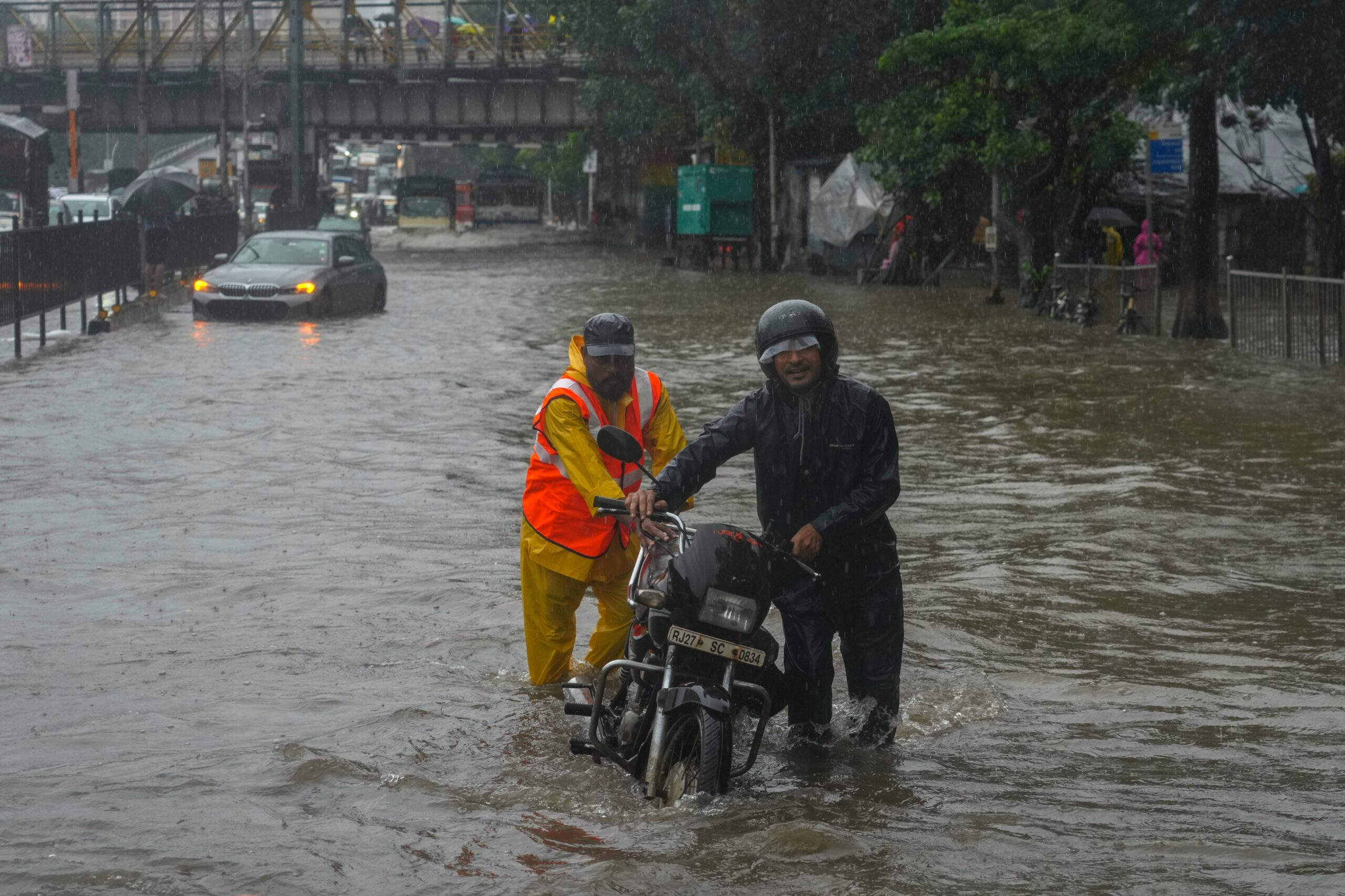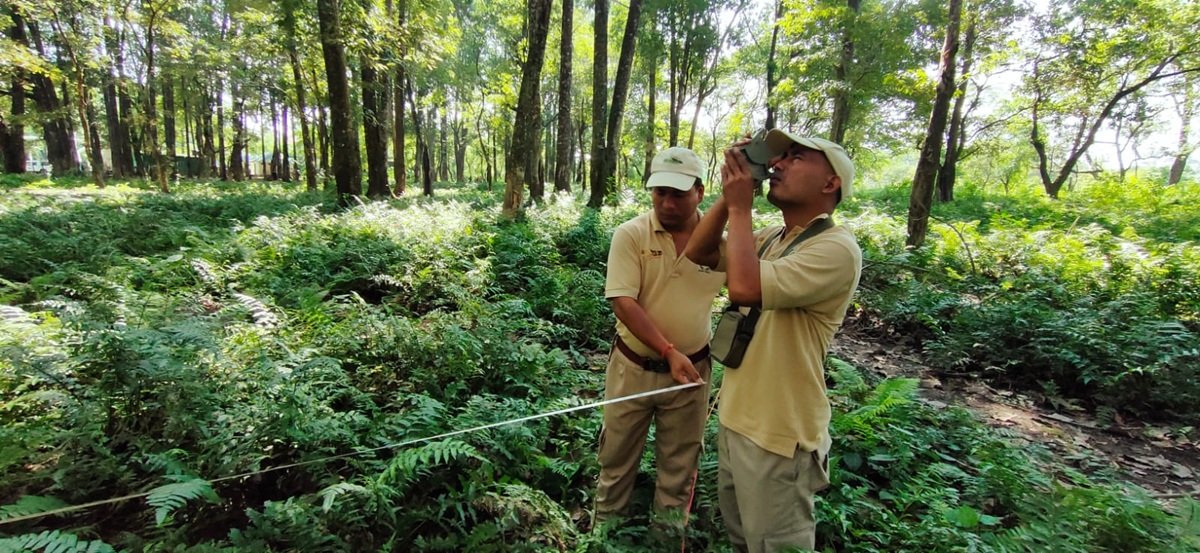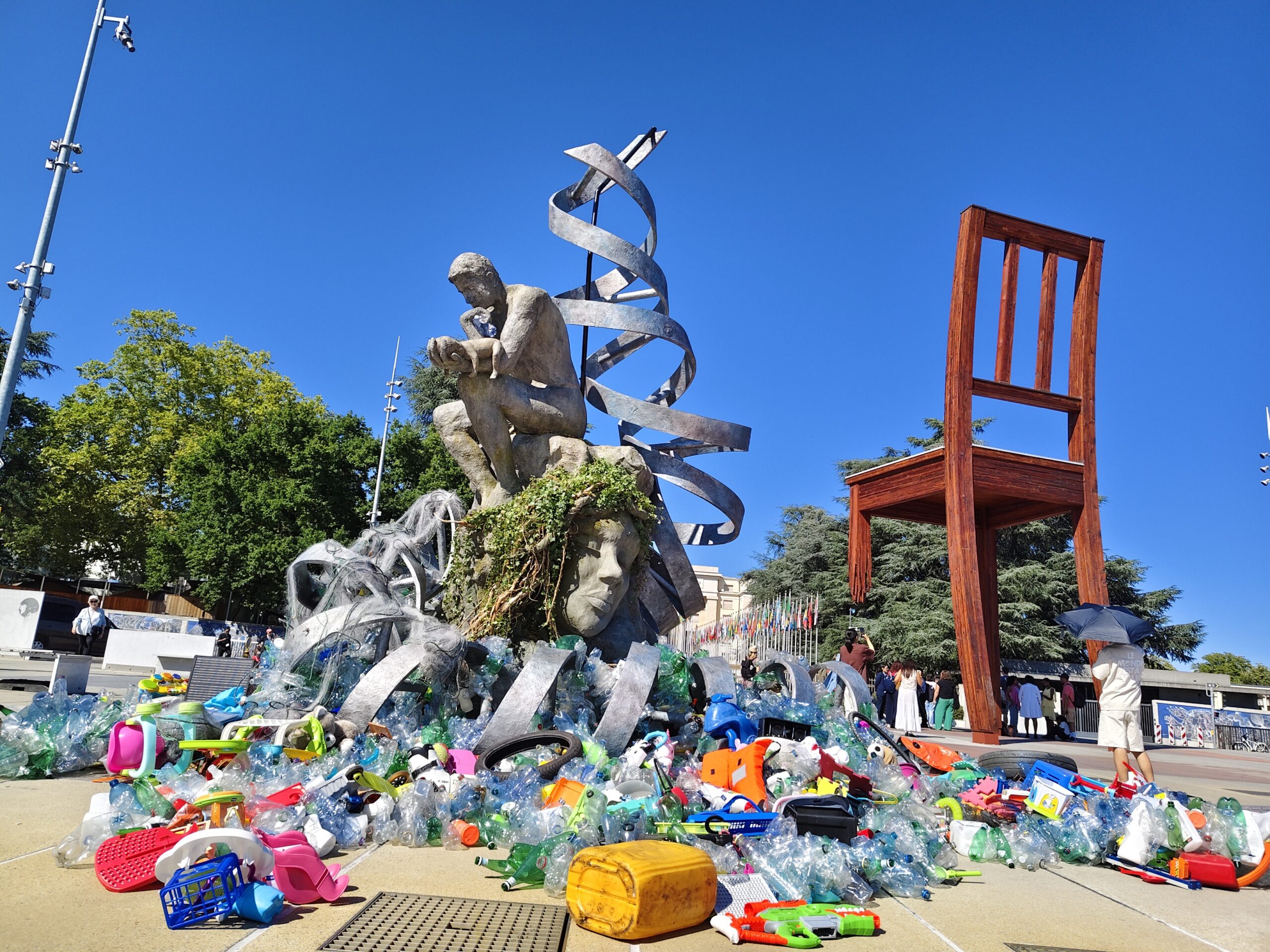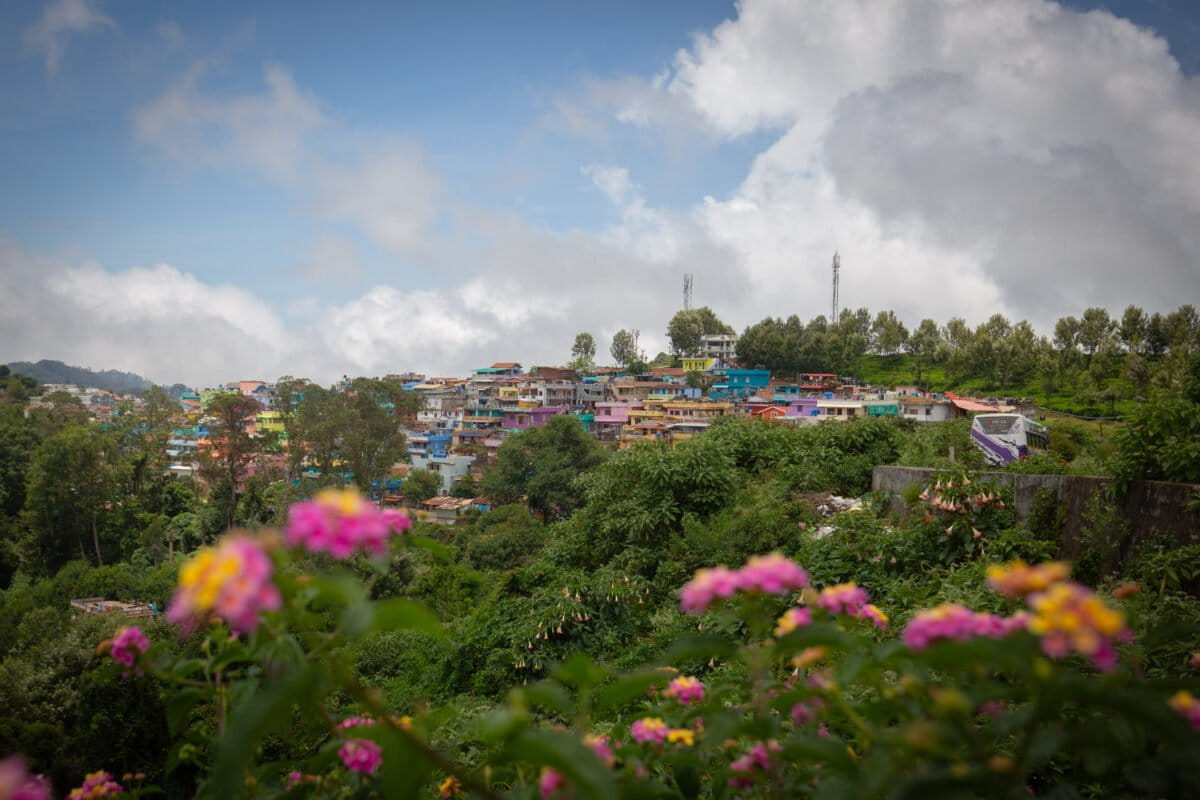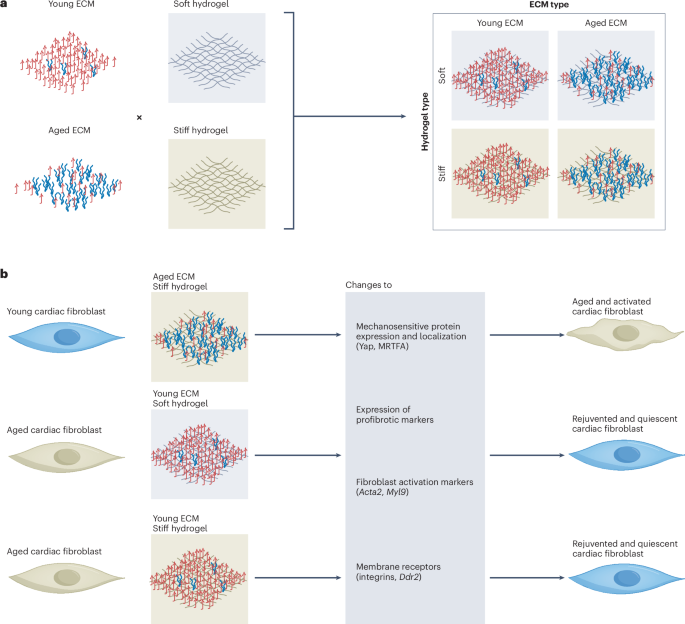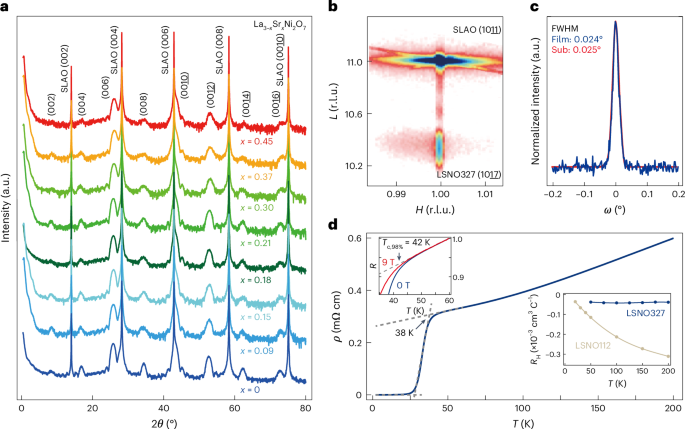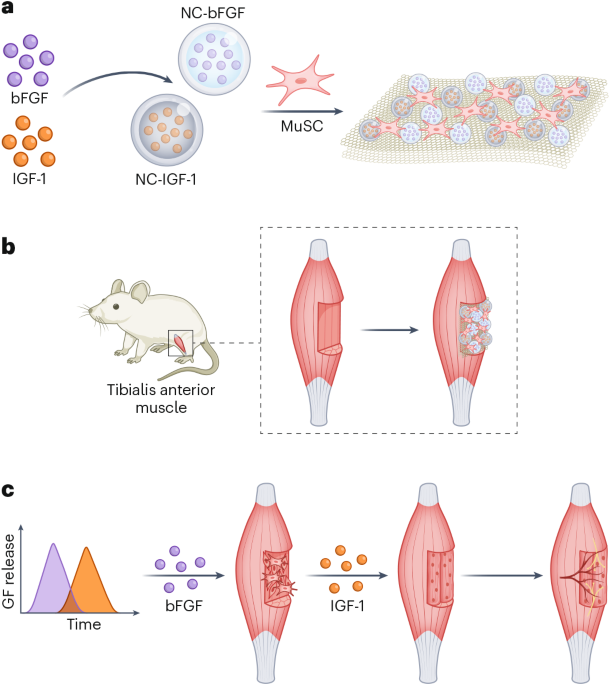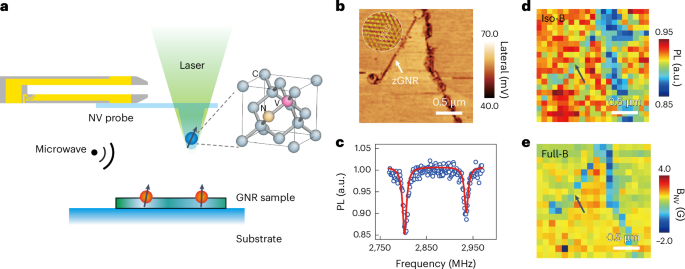
If global warming were to stabilise at current levels — 1.2°C above pre industrial levels — the world would still lose 39% of its glaciers compared to 2020, leading to 113 mm sea-level rise, a new study with a novel approach to data finds. “This substantial present-day committed mass loss highlights that today’s glaciers are strongly out of balance with current climatic conditions due to their long response times,” the study says.
Meeting the limits of the Paris Agreement (limiting warming up to 1.5 and 2°C) could mean committing to 47% and 63% of glacier mass loss relative to 2020 levels. The findings — three times larger than most other projections — is the result of an approach using eight glacier models across 80 climate scenarios.
“One of the key strengths of our study is that we were able, for the first time, to project global glacier evolution over multi-centennial timescales, and did so using eight models instead of one or two,” said Harry Zekollari, lead author of the study from Vrije Universiteit Brussel in a statement. “Most glacier studies stop at 2100, which is problematic when simulating the long-term impact of today’s climate policies, given the long-term response of glaciers over time,” he added.
Glaciers likely to see the most loss are located within smaller elevation ranges, at lower latitudes, because there is limited scope to adapt by retreating to higher elevations.
At current levels of warming, the Arctic Canada South is projected to lose the most mass (around 85%), followed by Western Canada and the United States (74%), Scandinavia (66%) and the Russian Arctic (65%). Regions like South Asia West, Central Asia, and New Zealand will see relatively fewer losses – 5%, 12%, and 15% – because they’re present in areas with higher elevation range.
The study also demonstrates the importance of extending warming scenarios to multi-century timelines. It would take glaciers in the Subantarctic and Antarctic Islands — fortressed by rugged terrain and high latitudes — 800 years to lose 80% of their mass under a 1.5°C scenario, it finds.
By contrast, the fastest responding regions are Central Europe, Caucasus and Middle East, Low Latitudes, and New Zealand, which “need less than five decades for 80% changes to occur,” says the study.
Current and near-term policies aimed at mitigating global warming “will play a decisive role in shaping the future evolution of glaciers, influencing not only immediate glacier changes but also those that will unfold over multi centennial timescales,” the study concludes.
Banner image: Caves in the Morteratsch-Pers glacier complex. Image by Lander Van Tricht (ETH Zurich/Vrije Universiteit Brussel).




